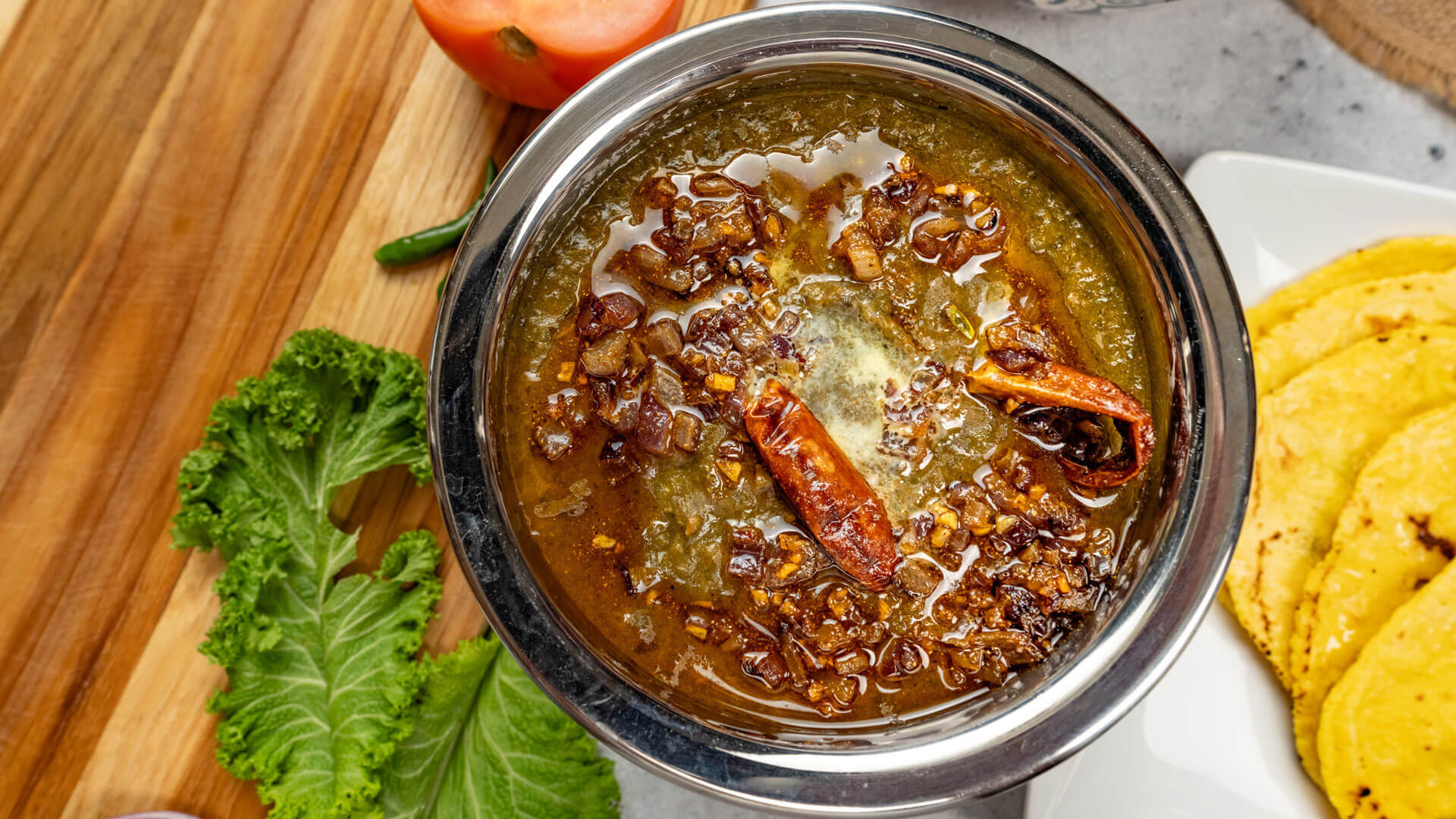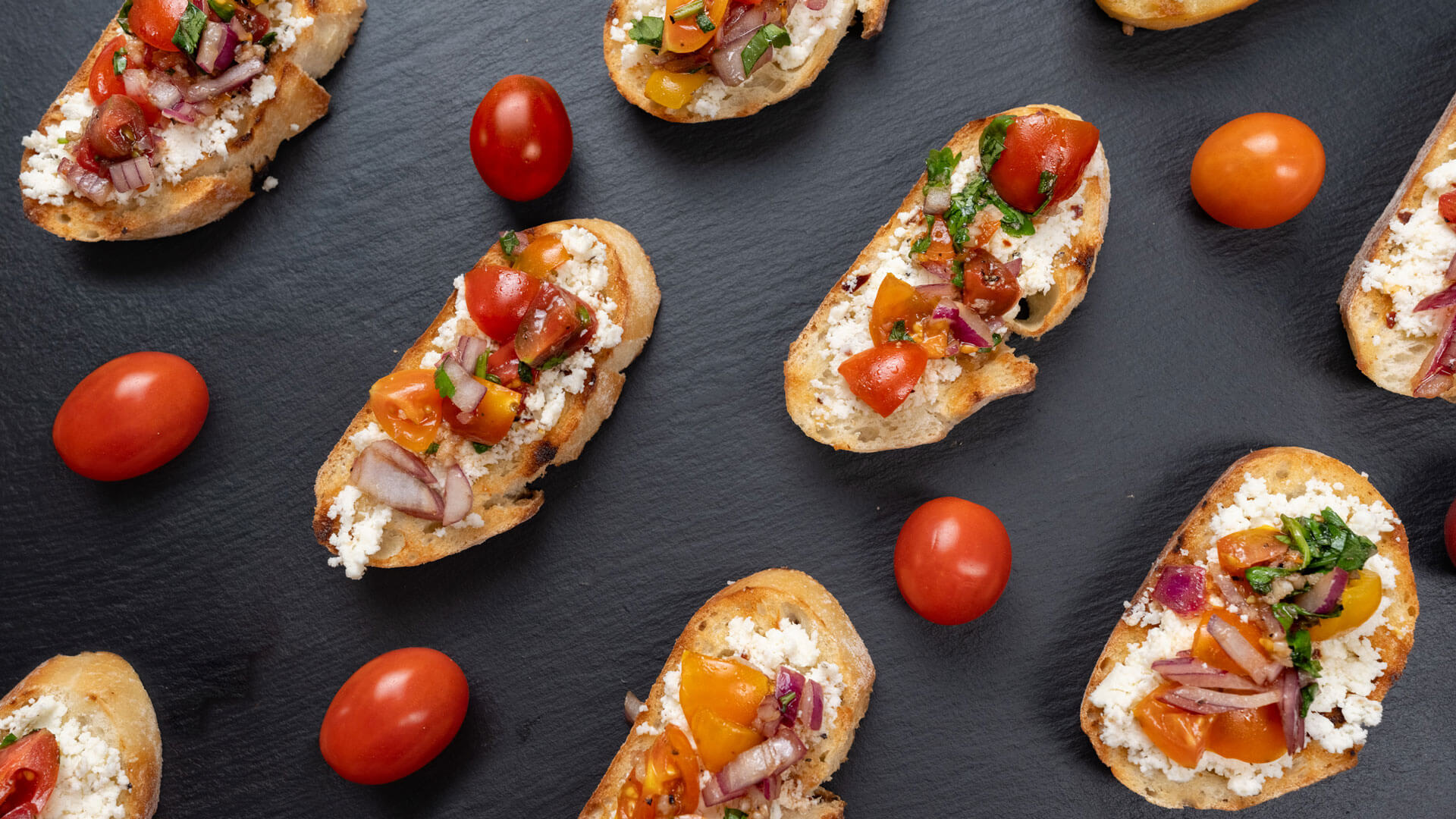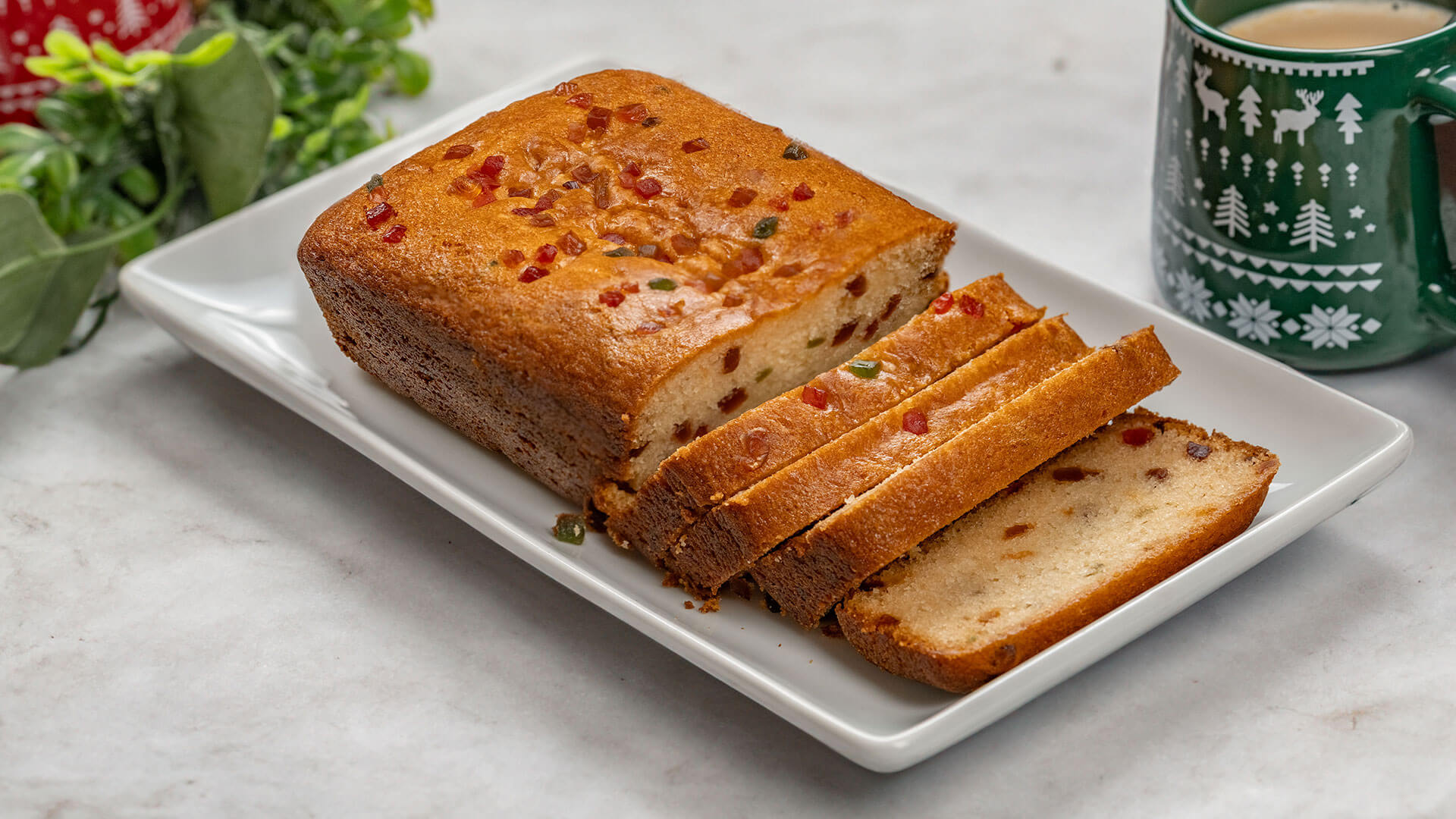Ukadiche Modak – Coconut & Jaggery Steamed Modak – Ganesh Chaturthi Recipe



Ingredients
Modak Filling:
Fresh Coconut - 1 cup (grated)
Jaggery - 1 cup (finely chopped or grated)
Cardamom Powder - 1/2 tsp
Nutmeg Powder - 1/4 tsp
Poppy Seeds - ½ tsp
Ghee / Oil - ½ tsp
Modak Dough:
Rice Flour - 1 cup
Water - 1 1/2 cups
Ghee / Oil - ¼ tsp
Salt - ¼ tsp
Infuse your Ganesh Chaturthi celebration with the joy of Modak-making. Our ukadiche modak recipe walks you through the process of creating these iconic steamed delights with rice flour, ghee, and a symphony of flavors including coconut, jaggery, cardamom, and nutmeg. Our recipe demystifies the process with its easy instructions and a handy modak mold for crafting these delectable steamed modaks.
Watch our recipe video for step by step instructions on how to make Ukadiche Modak. We’ve included demonstrations and pro tips to help you out in the kitchen! For our steamed modak calories and nutrition information, see the recipe card below. We also have an option to view our ukadiche modak recipe in hindi.
Wishing you a joyful Ganesh Chaturthi celebration!
Instructions
How to Make the Modak Coconut Filling:
1) In a pan on low heat, add 1/2 tsp ghee and 1/2 tsp poppy seeds. Fry for a few seconds until the poppy seeds start popping.
2) Next, add 1 cup of fresh grated coconut, 1 cup jaggery, 1/2 tsp cardamom powder and 1/4 tsp grated nutmeg. Mix well and cook the coconut-jaggery mixture on a low heat.
3) Cook this mixture for 5 to 7 minutes while stirring often until the moisture from the jaggery begins to dry. Turn off the heat. (Do not overcook - the jaggery will harden)
4) Set the coconut-jaggery filling aside to cool.
PRO TIP: Note that after cooling, this jaggery stuffing mixture will thicken more.
How to Make the Modak Rice Flour Dough:
1) In a pan add 1 1/2 cups water, 1/4 tsp oil or ghee and 1/4 tsp salt. Let this mixture come to a boil.
2) After coming to a boil, reduce the heat and add 1 cup rice flour gradually. Quickly stir and mix the flour with the water as you go. Stir until all of the rice flour is mixed with the water.
3) Turn the heat off and remove the pan from the stove top. Cover with a lid for 4 to 5 minutes.
4) Next, transfer all of the dough to a large bowl and knead it together using a spatula.
5) Make 17 evenly sized balls from the dough. Apply water to your hands to make rolling them easier. The balls should be completely smooth without any cracks.
6) Keep the balls covered with a kitchen towel so they do not dry out.
7) Grease the modak mold with a bit of ghee or oil. Put the dough ball inside the mold and close it.
8) Using your finger make some space in the middle of the dough and place some of the coconut mixture into the space.
9) Cover the bottom with the extra dough hanging over the mold. Press and smooth it out to seal the modak.
10) Open or unlock the modak mold, gently remove the modak, and set it aside on a plate.
How to Steam & Cook Modak:
1) Grease a steamer pan lightly with oil or ghee. Place the shaped modak in the greased pan with some space between them.
2) In the steamer, heat the water on med/high flame until it begins to boil.
3) Place the modak in the steamer, cover with lid and steam for 10-15 minutes on med/low heat.
PRO TIP: After steaming, the modak should not feel sticky. If they do, steam for a few more minutes.
4) Once ready, remove from the steamer and place on a serving plate.
5) Happy Ganesh Chaturthi!
Infuse your Ganesh Chaturthi celebration with the joy of Modak-making. Our ukadiche modak recipe walks you through the process of creating these iconic steamed delights with rice flour, ghee, and a symphony of flavors including coconut, jaggery, cardamom, and nutmeg. Our recipe demystifies the process with its easy instructions and a handy modak mold for crafting these delectable steamed modaks.
Watch our recipe video for step by step instructions on how to make Ukadiche Modak. We’ve included demonstrations and pro tips to help you out in the kitchen! For our steamed modak calories and nutrition information, see the recipe card below. We also have an option to view our ukadiche modak recipe in hindi.
Wishing you a joyful Ganesh Chaturthi celebration!
Leave a review
We value your feedback. Let us know how did you like the recipe.
Recent Recipes

Traditional Sarson Ka Saag - Lohri Special Punjabi Winter Dish - Easy Instant Pot Voiceover Recipe
Celebrate Lohri with a classic Sarson Ka Saag recipe made in the Instant Pot using mustard greens, mixed winter greens, garlic, ginger, and makki ka atta. This Punjabi winter saag develops deep flavor and is finished with ghee tempering. Best enjoyed with hot makki ki roti, this hearty North Indian dish is a seasonal favorite.


Sarson Ka Saag is a beloved Punjabi winter recipe traditionally enjoyed during Lohri, made with fresh mustard greens, mixed leafy greens, aromatics, and a touch of makki ka atta for body. Prepared easily in the Instant Pot or slow-cooked, this mustard greens saag develops deep, earthy flavors and is perfectly suited for colder months. Garlic, ginger, green chilies, and tomatoes balance the bitterness of sarson, creating a rich and comforting North Indian saag.
Watch our recipe video for step-by-step instructions on how to make Sarson Ka Saag at home. We’ve included demonstrations and pro tips to help you out in the kitchen! For our sarson ka saag recipe calories and nutrition information, see the recipe card below.

Indian Style Paneer Bruschetta Recipe - Easy Paneer Appetizer with Tomato Mint Chutney
Try this easy Paneer Bruschetta recipe made with a creamy paneer cheese spread and a fresh tomato, mint, and cilantro topping. Served on toasted baguette slices, this indian fusion appetizer is flavorful, simple to prepare, and perfect for parties, gatherings, or evening snacks.


This Indian Style Bruschetta is a vibrant fusion appetizer that brings together familiar desi flavors with a classic European favorite. Crispy toasted baguette slices are topped with a creamy paneer cheese spread and finished with a fresh, zesty mix of cherry tomatoes, onion, mint, and cilantro. Every bite is layered with texture and bold flavor, making it an ideal starter for parties, family gatherings, or an elevated evening snack.
Watch our recipe video for step-by-step instructions on how to make Indian Style Bruschetta at home. We’ve included helpful demonstrations and simple tips to get perfectly toasted bread and a smooth paneer spread every time. For ingredient measurements and preparation details, refer to the recipe card below.

Eggless Tutti Frutti Cake - Light, Fluffy & Tea-Time Favorite - Soft, Festive & Perfect for Christmas Baking
Bake a soft and festive Tutti Frutti Eggless Cake perfect for Christmas! Made with yogurt, vanilla, oil, and colorful tutti frutti, this easy loaf cake is moist, fluffy, and beginner-friendly. Follow our step-by-step recipe and enjoy a classic holiday treat with your family.


This Eggless Tutti Frutti Cake is a classic Indian bakery-style treat that instantly sparks nostalgia. Made with simple pantry ingredients like yogurt, flour, and oil, this eggless cake bakes up incredibly soft, moist, and full of colorful tutti frutti in every bite. Whether you're making it for Christmas, a holiday gathering, or just a cozy chai moment at home, this loaf cake brings warm, familiar flavors that everyone loves.
Watch our recipe video for step by step instructions on how to make tutti frutti cake. We’ve included demonstrations and pro tips to help you out in the kitchen! For our tutti frutti cake recipe calories and nutrition information, see the recipe card below.


